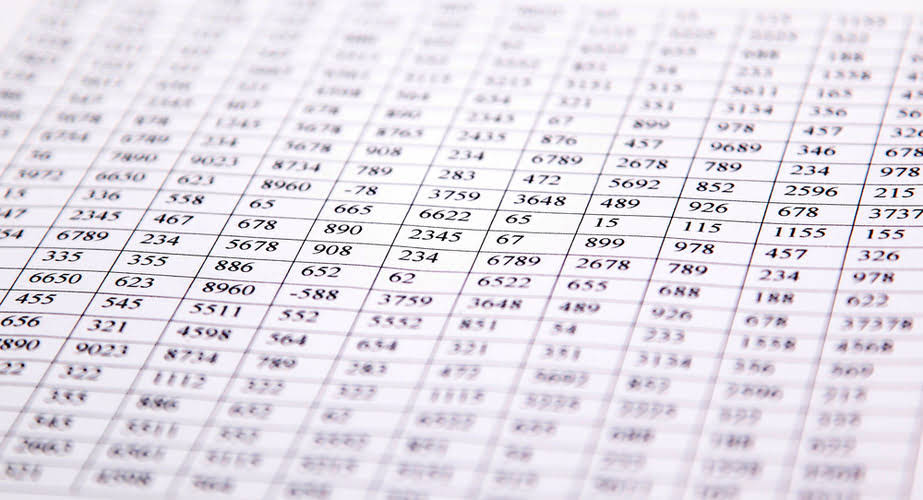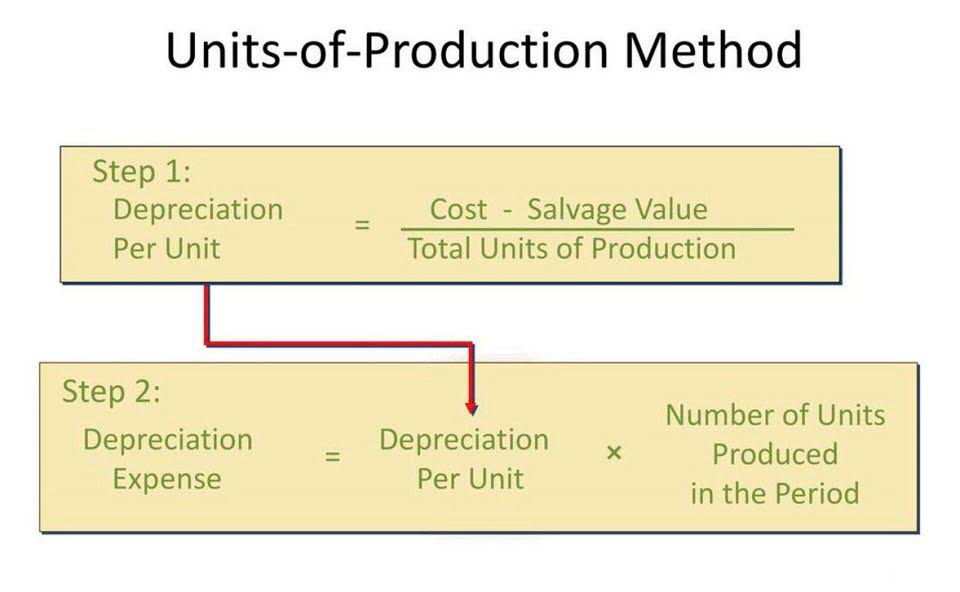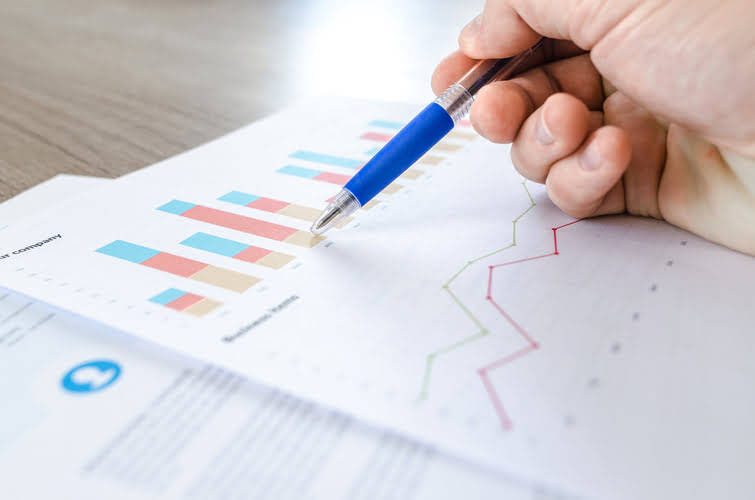How to Calculate After Tax Salvage Value

Therefore, as a financial expert, the assessment of this investment concludes that it carries a https://www.bookstime.com/ zero salvage value. In the event of the startup’s dissolution or bankruptcy, the assets are unlikely to fetch any significant liquidation value, rendering the investment devoid of salvage value. Considering the aforementioned factors, the investment is deemed highly risky. Consider an investment opportunity in a high-tech startup operating in the renewable energy sector.

Salvage Value – A Complete Guide for Businesses
Understanding and calculating the after-tax salvage value of an asset is essential for accurate financial reporting and strategic decision-making. By incorporating factors such as the asset’s original price, useful life, depreciation rate, and tax implications, businesses can determine the true value of their assets at the end of their useful life. Utilizing methods like the straight-line method and considering elements such as asset condition and market demand, companies can make informed decisions about asset disposal and replacement. This comprehensive approach ensures effective financial management and optimized resource allocation. Salvage value, also known as residual value or scrap value, is a fundamental concept in accounting and asset management. It refers to the estimated value that an asset will have at the end of its useful life.
Find similar assets in the marketplace
If the asset is sold for less than its book value then the difference in cost will be recorded as the loss of the tax values. In this situation, the salvage values calculated are less than the book value. First, companies can take a percentage of the original cost as the salvage value. Third, companies can use historical data and comparables to determine a value. To appropriately depreciate these assets, the company would depreciate the net of the cost and salvage value over the useful life of the assets. If the assets have a useful life of seven years, the company would depreciate the assets by $30,000 each year.

Everything to Run Your Business
- Click “Calculate Salvage Value” to see the estimated salvage value based on straight-line depreciation.3.
- In other words, the best place to find an asset’s market value is where similar goods are sold, or where you can get the best price for it.
- There may be a little nuisance as scrap value may assume the good is not being sold but instead being converted to a raw material.
- This way, the salvage value helps in determining the depreciation; which is an integral part of accounting.
- As a result, the entire cost of the asset used in the business will be charged to depreciation expense during the years of the asset’s expected useful life.
Most businesses utilize the IRS’s Accelerated Cost Recovery System (ACRS) or Modified Accelerated Cost Recovery System (MACRS) methods for this process. One of the first things you should do after purchasing a depreciable asset is to calculating salvage value create a depreciation schedule. Through that process, you’re forced to determine the asset’s useful life, salvage value, and depreciation method. It is important to set an initial salvage value, which represents the estimated value of the asset at the end of its useful life.
- It is calculated by subtracting accumulated depreciation from the asset’s original cost.
- Salvage value is the amount for which the asset can be sold at the end of its useful life.
- The insurance company decided that it would be most cost-beneficial to pay just under what would be the salvage value of the car instead of fixing it outright.
- A salvage value of zero is reasonable since it is assumed that the asset will no longer be useful at the point when the depreciation expense ends.
- Otherwise, you’d be “double-dipping” on your tax deductions, according to the IRS.
- This can lead to a decline in their salvage value as buyers prefer assets with the latest technological capabilities.
Salvage Value Variable Factors To Consider

The straight-line method is a commonly used approach for calculating depreciation by evenly spreading the decrease in an asset’s value over its useful life until it reaches its salvage value. This method assumes that the asset’s value decreases at a constant rate over time. Information on all FINRA registered broker-dealers can be found on FINRA’s BrokerCheck. RealCadre LLC does not solicit, sell, recommend, or place interests in the Yieldstreet funds. Nothing on this website is intended as an offer to extend credit, an offer to purchase or sell securities or a solicitation of any securities transaction.
- It is a critical component in assessing the profitability of an investment and the financial impact of disposing of an asset.
- In the depreciation schedule above, the refrigerator’s ending book value in year seven is $1,000, the same as the salvage value.
- Our mission is to help millions of people generate $3 billion of income outside the traditional public markets by 2025.
- Yieldstreet™ does not make any representation or warranty to any prospective investor regarding the legality of an investment in any Yieldstreet Securities.
- It’s essential to note that the term ‘useful life’ doesn’t necessarily mean when the asset is no longer functional.
The after tax salvage value online calculator provides us the after-tax value of the salvage of the asset. The car salvage value calculator is going to find the salvage value of the car on the basis of the yearly depreciation value. Unless there is a contract in place for the sale of the asset at a future date, it’s usually an estimated amount. After ten years, no one knows what a piece of equipment or machinery would cost. You want your accounting records to reflect the true status of your business’s finances, so don’t wait until tax season to start thinking about depreciation.

The depreciable amount is then determined by subtracting the salvage value from the asset’s cost. To democratize these opportunities, Yieldstreet has opened a number of carefully curated alternative investment strategies to all investors. Here, the depreciation rate is the percentage https://x.com/BooksTimeInc of the asset’s cost that is depreciated each year, and the useful life of the asset is measured in years. The declining balance method accelerates depreciation by applying a higher percentage rate to the asset’s book value each year. Perhaps the most common calculation of an asset’s salvage value is to assume there will be no salvage value.
Why Calculate After-Tax Salvage Value?
The difference between the asset purchase price and the salvage (residual) value is the total depreciable amount. The Salvage Value is the residual value of a fixed asset at the end of its useful life assumption, after accounting for total depreciation. Investors can use after-tax salvage value calculations to assess the profitability of investments and the potential return on asset sales.
Alternative Investments and Portfolio Diversification
There may be a little nuisance as scrap value may assume the good is not being sold but instead being converted to a raw material. For example, a company may decide it wants to just scrap a company fleet vehicle for $1,000. This $1,000 may also be considered the salvage value, though scrap value is slightly more descriptive of how the company may dispose of the asset. Other commonly used names for salvage value are “disposal value,” “residual value,” and “scrap value.” Net salvage value is salvage value minus any removal costs.
